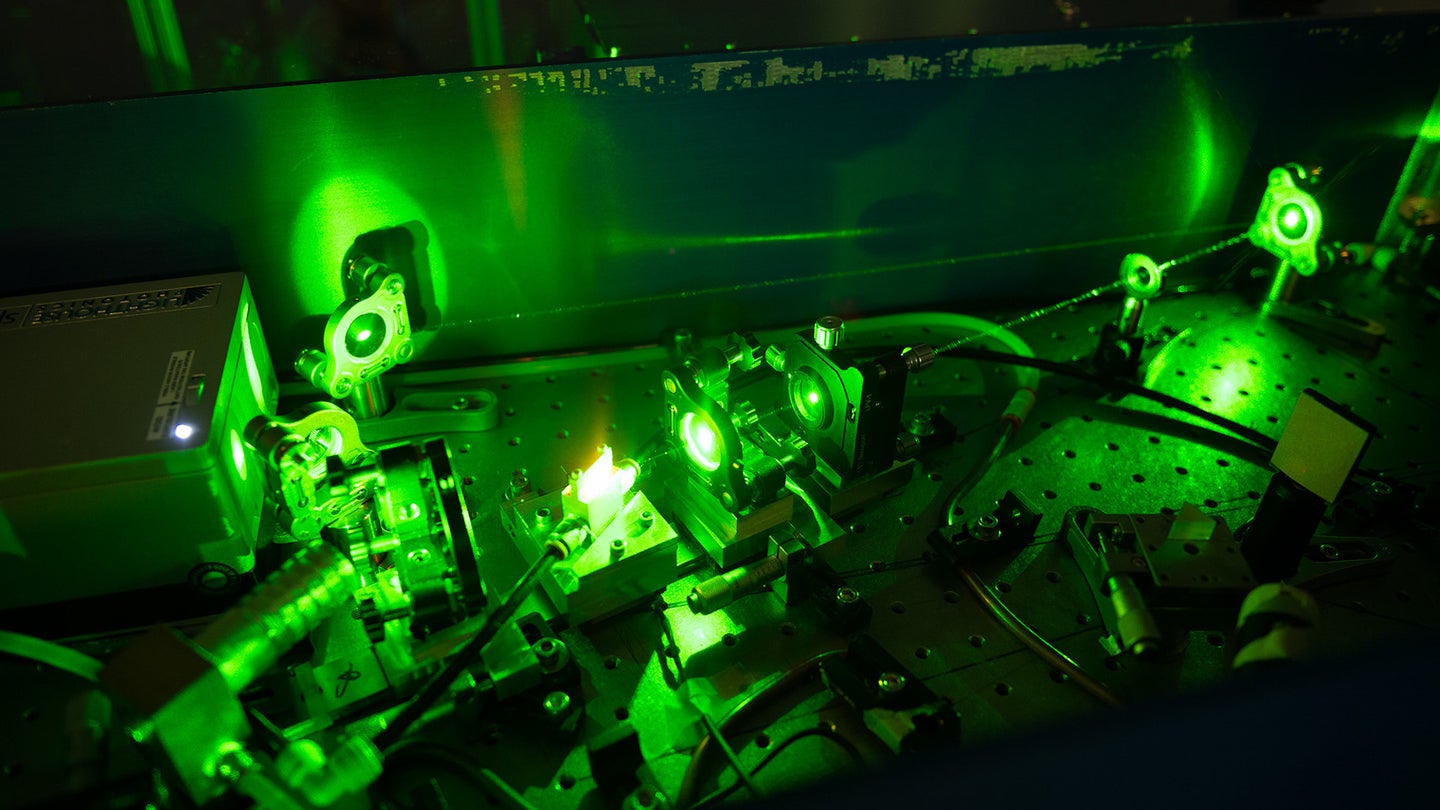Colorado is getting a state-of-the-art laser fusion facility
The $150 million project aims to help advance nuclear fusion energy research alongside other physics goals.

The path to fusion power is getting a $150 million boost thanks to a partnership between Colorado State University and private laser energy company, Marvel Fusion. Announced on Monday, the new facility will be located on the CSU Foothills Campus, and is set to feature at least three, multi-petawatt laser systems designed to advance research in “clean fusion energy, microelectronics, optics and photonics, materials science, medical imaging, and high energy density science.”
According to Marvel Fusion’s August 7 statement, the development of laser fusion “is critical because of its ability to dramatically reduce the carbon footprint of how energy is supplied globally.” Nuclear fusion has long been considered the Holy Grail of clean energy generation—the necessary resources are virtually unlimited, and produces vastly larger amounts of energy compared to other green alternatives. Unlike the nuclear fission reactions seen in traditional nuclear power plants, fusion involves forcing atoms together within extremely high temperatures to produce a new atom with a smaller mass.
[Related: In 5 seconds, this fusion reactor made enough energy to power a home for a day.]
“This is an exciting opportunity for laser-based science, a dream facility for discovery and advanced technology development with great potential for societal impact,” said Jorge Rocca, director of CSU’s Laboratory for Advanced Lasers and Extreme Photonics, in this week’s announcement.
Although the CSU-Marvel Fusion project aims to begin operations in 2026, it is likely still many more years before nuclear fusion energy can affordably be produced at scale; some experts estimate it could take multiple decades to reach the goal, if ever.
Still, researchers have significant gains towards sustainable nuclear fusion energy. In 2021, for example, a team in the UK generated a record-breaking 59 megajoules of energy in only five seconds via fusion technology—enough to power a home for an entire day. Earlier this year, the US government also doled out a number of grants earmarked to reignite research into cold fusion.
[Related: Cold fusion is making a scientific comeback.]
The overall prospects are tantalizing enough that major companies are investing heavily in fusion research. Earlier this year, Microsoft announced a power purchasing agreement with Helion, a startup hoping to achieve sustainable fusion by 2028. As ambitious as that may sound, Helion’s aspirations have garnered the interest of other investors—including OpenAI CEO Sam Altman, who contributed $375 million to the company in 2021.
Alongside the new partnership project, Marvel Fusion is working towards the construction of a prototype composed of hundreds of laser systems “capable of achieving fusion ignition and proving the technology at scale.”